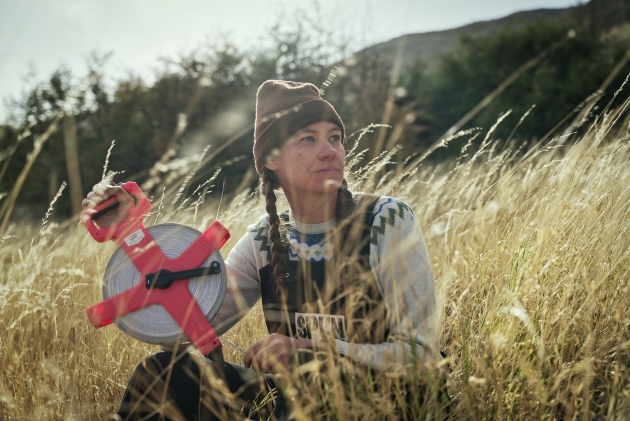Even though she is the youngest scientist ever to win the Spinoza Prize, Toby Kiers remains humble: ‘It is a recognition of the incredible collaborators I work with.’
What did you do when you first heard the news?
“I was in a bit of shock. So I cancelled a meeting, gathered my things, and went for a walk along the canal behind VU to catch my breath.”
Toby Kiers studies how fungi, plant roots and microorganisms work together in the soil and how they exchange resources. Kiers was the first scientist to show that economic principles can also be found outside the animal kingdom: she discovered that fungi preferentially transport nutrients to places where those substances are scarce and plants are willing to pay more.
How is it to win the Spinoza Prize as youngest scientist ever?
“The prize is a recognition of something much bigger than an individual. It is a recognition of the incredible collaborators I work with, both at VU Amsterdam and at AMOLF. Over the last five years, we have been building a transdisciplinary team of ecologists, evolutionary biologists and biophysicists interested in understanding the hidden lives of symbiotic fungi. It is a recognition of the incredibly clever and ambitious PhD students that push ideas in new directions and the postdocs that dedicate their massive brain power to designing cutting-edge experiments. Honestly, it’s a recognition of the entire department because they continue to give their hearts and minds to discovering the unknown. Lastly, it feels incredible that fungi – so often overlooked by science – are finally in the spotlight.”
The prize is 1.5 million euros, how are you going to spend this?
“We have big plans for the prize money. Studying the exchange of resources by symbiotic organisms is difficult. It requires the synthesis of knowledge from many different fields and disciplines, and incredible precision. Our aim is to build a new imaging robot that allows us to better track the complex nutrient flows inside mycorrhizal networks [networks of fungi that live among plant roots, Ed.] in real-time. At the same time, we also need to understand what these fungi are doing at a global scale. With SPUN (Society for the Protection of Underground Networks), we are working with local collaborators around the world to sample mycorrhizal fungi in some of the most remote ecosystems on Earth. By combining research at both these small and large scales, our aim is to gain an understanding of the massively complex mycorrhizal networks under our feet.”
